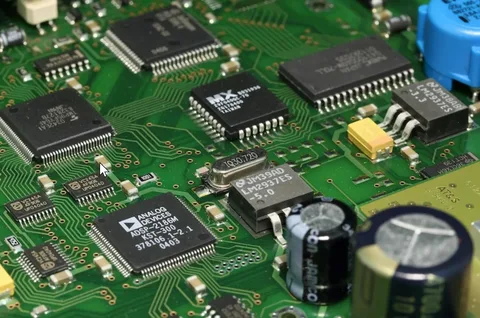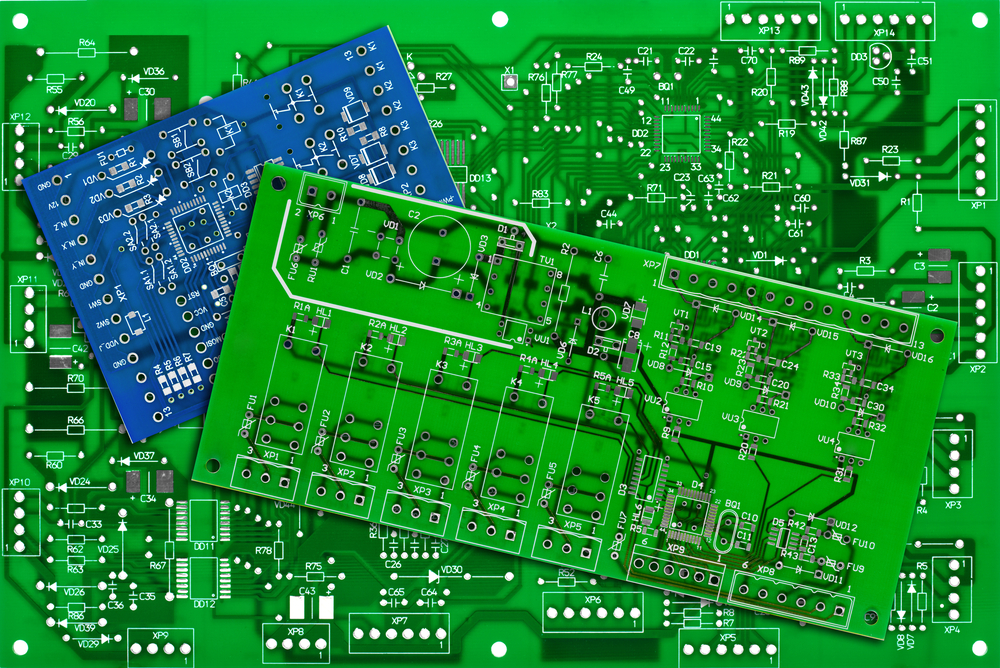Wondering how to manage recyclables? You may have thought, “how to recycle old electronics?” before you tossed them in the trash.
Recycling may have started out as a way to cut down on waste and preserve limited natural resources. But it turned into a national and international moral responsibility to help save our planet from climate change.
Every city handles electronic recycling a bit differently.
Here’s what you need to know about how to recycle old electronics.
Table of Contents
Assembling the Necessary Materials
Recycling old electronics is a great way to help the environment. The first step is to prepare and gather the necessary materials, such as cardboard boxes and packing tape. When gathering the materials, it is important to think about the size of the box and the weight of the item, so that it can be securely and properly transported without being damaged.
Additionally, it is important to label the box and attach information about the destination properly. Once the materials are prepared and ready to go, the next step is to begin the process of actually disposing of the item.
What Can and Cannot Be Recycled
Electronics have become a necessary part of our everyday lives, but disposing of them can be tricky as most electronic items are not biodegradable. It is important for everyone to understand which electronics can and cannot be recycled when it comes to disposal. For example, most televisions, computers, and monitors can be recycled and should be taken to a designated electronics recycling center.
On the other hand, household items such as toasters, microwaves, and other small kitchen appliances are not designed to be recycled and should be disposed of properly. If a device is no longer useful but still in decent condition, consider donating it to an organization that specializes in refurbishing or reusing old technology. Alternatively, if the item is not able to be reused, it should be taken to an electronics recycling center.
Reuse and Upcycle
E-waste can usually be brought to a designated drop-off center for proper disposal. Try to find a repurpose for the item if you can. You can often find companies that will pay for working electronics or take scraps to use as parts in repairing other electronics.
If the item is not working, consider donating it to a thrift shop, or donating it to a non-profit that can reuse it or give it to someone in need. Lastly, consider upcycling, which involves finding creative ways to repurpose existing materials into something new and beautiful. Continue reading this article to learn the benefits of e-waste recycling.
All of these alternatives can help reduce the amount of e-waste headed to the landfill and hopefully encourage others to emulate your example.
Follow These Tips on How to Recycle Old Electronics
It helps save the planet and resources when we recycle old electronics. Spread the word and buy energy-efficient electronics and donate old products to recyclers whenever possible. We all can and should do our part to help reduce the number of e-waste ending up in landfills. Make sure to recycle responsibly; start today!
Ready to go green? Browse our site for more ideas.





